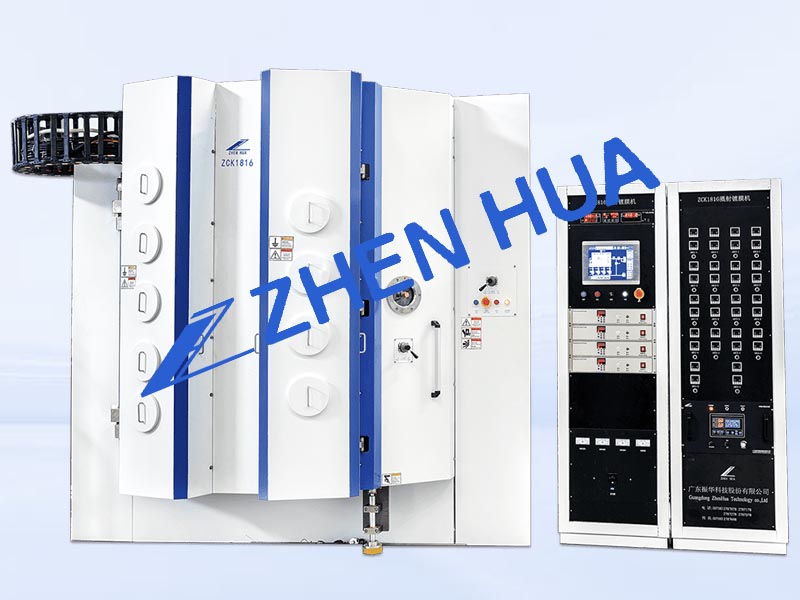1. The workpiece bias is low
Due to the addition of a device to increase the ionization rate, the discharge current density is increased, and the bias voltage is reduced to 0.5~1kV.
The backsputtering caused by excessive bombardment of high-energy ions and the damage effect on the workpiece surface are reduced.
2. Increased plasma density
Various measures to promote collision ionization have been added, and the metal ionization rate has increased from 3% to more than 15%. The density of chin ions and high-energy neutral atoms, nitrogen ions, high-energy active atoms and active groups in the coating chamber is increased, which is conducive to the reaction to form compounds. The above various enhanced glow discharge ion coating technologies have been able to obtain TN hard film layers by reaction deposition at higher plasma densities, but because they belong to the glow discharge type, the discharge current density is not high enough (still mA/cm2 level), and the overall plasma density is not high enough, and the process of reaction deposition compound coating is difficult.
3. The coating range of the point evaporation source is small
Various enhanced ion coating technologies use electron beam evaporation sources, and gantu as a point evaporation source, which is limited to a certain interval above gantu for reaction deposition, so the productivity is low, the process is difficult, and it is difficult to industrialize.
4. Electronic gun high-pressure operation
The electron gun voltage is 6~30kV, and the workpiece bias voltage is 0.5~3kV, which belongs to high-voltage operation and has certain safety hazards.
——This article was released by Guangdong Zhenhua Technology, a manufacturer of optical coating machines.
Post time: May-12-2023


